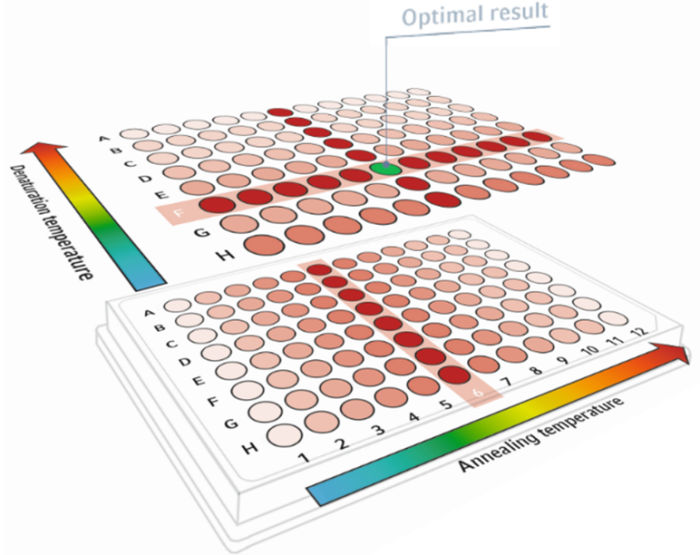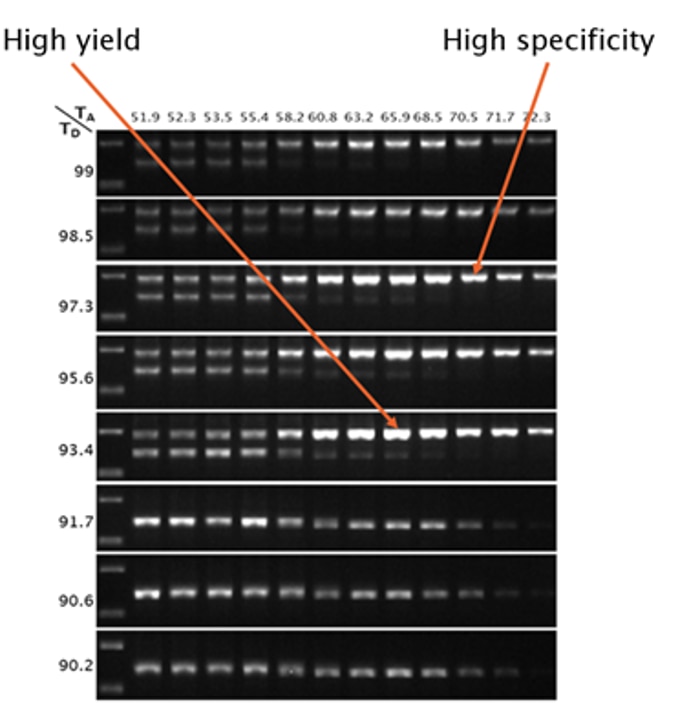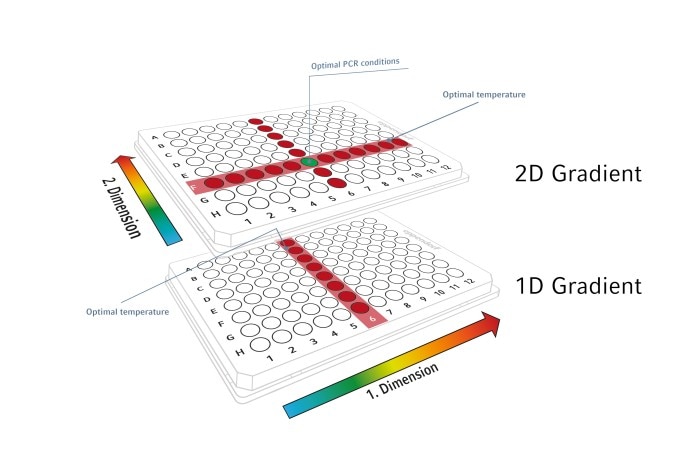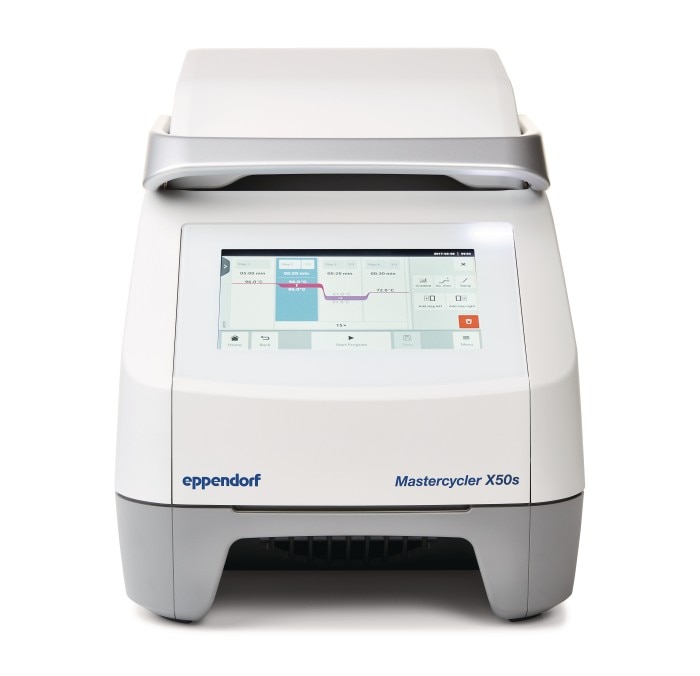-
-
-
-
- Advanced Therapies Week (ATW) 2025
- Forum Labo 2025
- SLAS Europe 2025
- Bioprocessing Summit Europe 2025
- Medlab Middle East 2025
- SLAS International 2025
- Biologics World Nordics 2025
- ASIA LABEX: The Lab Show 2025
- BioProcess International Europe 2025
- ISEV 2025
- Future Labs Live 2025
- Cell 2025
- ASIA LABEX: The Lab Show 2025
- Stem Cell Community Day 2025
-
-
-
-
- Advanced Therapies Week (ATW) 2025
- Forum Labo 2025
- SLAS Europe 2025
- Bioprocessing Summit Europe 2025
- Medlab Middle East 2025
- SLAS International 2025
- Biologics World Nordics 2025
- ASIA LABEX: The Lab Show 2025
- BioProcess International Europe 2025
- ISEV 2025
- Future Labs Live 2025
- Cell 2025
- ASIA LABEX: The Lab Show 2025
- Stem Cell Community Day 2025
-
- Pipeteo manual & dispensación
- Pipetas mecánicas
- Pipetas electrónicas
- Pipetas multicanal
- Pipetas de desplazamiento positivo y dispensadores
- Pipeteo automatizado
- Dispensadores de botella
- Controladores de pipeta
- Puntas de pipeta
- Consumibles de automatización
- Accesorios para dispensadores y pipetas
- Accesorios de automatización
- Servicios para dispensadores y pipetas
Está a punto de abandonar este sitio.
Por favor, tenga en cuenta que su carro de la compra actual no ha sido guardado todavía y no podrá ser restablecido en el nuevo sitio ni cuando regrese. Si desea guardar su carro de la compra, inicie sesión en su cuenta.
_700.png)
Improve Yield and Specificity of Your PCR Using the 2D-Gradient Function
Academia de laboratorio
- Biología molecular
- Biotecnología
- Amplificación y PCR
- Cicladores para PCR
- Ensayo
The optimal annealing temperature (TA) of a PCR is primer-dependent and sometimes hard to predict. Determination of the optimal annealing temperature generally involves much time-consuming trial and error. Thermal cyclers with gradient function can simultaneously provide multiple different temperatures across the thermoblock at a certain PCR step. When used at the annealing step, this function can thus reduce the time and effort needed to optimize the annealing temperature of primers.
As mentioned above PCR optimization, typically by finding the right TA using a gradient function, is an established technique. Optimization of the denaturation temperature (TD) is less commonly done and typically limited to applications dealing with long or GC-rich DNA templates as well as mastermixes with high salt content. In addition, optimizing the denaturation temperature is usually not a focus because the impact of the annealing temperature optimization is considered bigger. Still, an optimized denaturation temperature can lead to a higher yield and thus should be kept in mind, especially for applications requiring large amounts of DNA such as cloning or sequencing. Testing both, a range of annealing and denaturation temperatures, however, is a laborious endeavor.
A 2D-Gradient speeds up simultaneous TA and TD optimization significantly by providing two temperature gradients; one along the x-axis and one along the y-axis of the PCR cyclers’ thermoblock (Figure 1). This enables quick testing of 96 TA and TD combinations in one run to screen for the optimal temperature combination to eliminate unspecific signals and increase product yield.
Leer más
Leer menos

The optimization of both temperatures offers improved specificity and yield (Figure 2) resulting in several advantages. The optimal temperature combination can be selected according to the needs of your workflow.
Leer más
Leer menos

• Clearer gel bands for publications
• Specific target DNA for post-PCR processing
• Less false-positive (unspecific) results
Improved yield:
• Faster PCR-protocol possible -> save time
• Lower reaction volume possible -> save money
• Can work with less template -> save money & work
• More DNA for downstream applications possible -> efficient workflow
• Get sufficient yield in difficult assays -> process stability
Leer más
Leer menos
As described above, the 2D-Gradient function enables testing of 96 temperature combinations in a single PCR run. The optimization of ß-actin gene amplification shown in Figure 2 may have required eight PCR runs when using a thermal cycler with a 1D-Gradient function. Thus, the 2D-Gradient function helps to save time labor, reagents, consumables, and energy for temperature optimization. Furthermore, the results are more comparable as only a single mastermix, PCR plate, and sealing are needed when using the 2D-Gradient function (see Figure 3).
Leer más
Leer menos


Leer más
Leer menos

